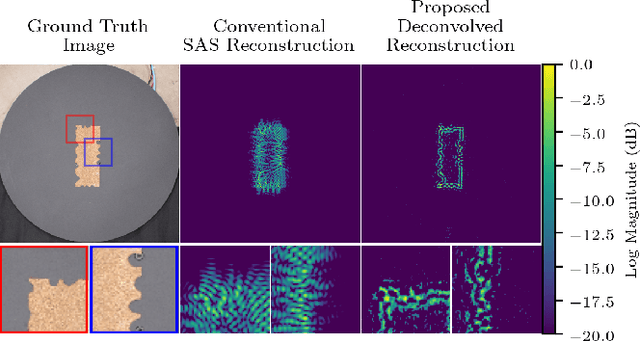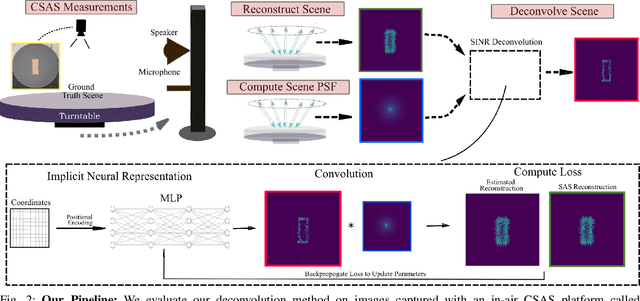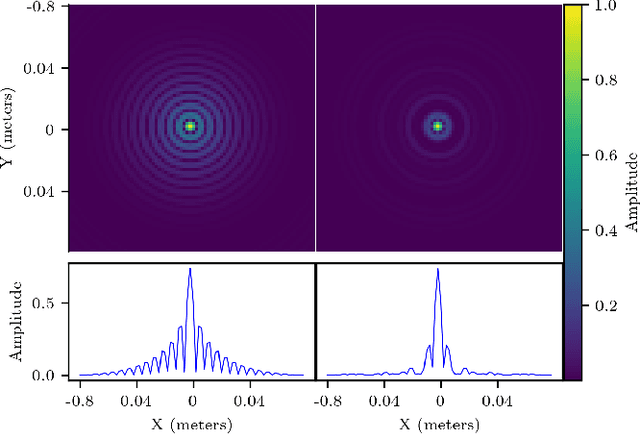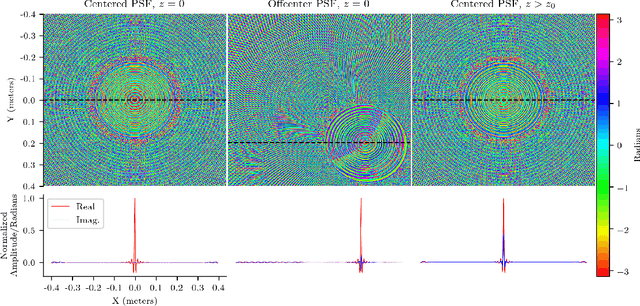SINR: Deconvolving Circular SAS Images Using Implicit Neural Representations
Paper and Code
Apr 21, 2022



Circular Synthetic aperture sonars (CSAS) capture multiple observations of a scene to reconstruct high-resolution images. We can characterize resolution by modeling CSAS imaging as the convolution between a scene's underlying point scattering distribution and a system-dependent point spread function (PSF). The PSF is a function of the transmitted waveform's bandwidth and determines a fixed degree of blurring on reconstructed imagery. In theory, deconvolution overcomes bandwidth limitations by reversing the PSF-induced blur and recovering the scene's scattering distribution. However, deconvolution is an ill-posed inverse problem and sensitive to noise. We propose a self-supervised pipeline (does not require training data) that leverages an implicit neural representation (INR) for deconvolving CSAS images. We highlight the performance of our SAS INR pipeline, which we call SINR, by implementing and comparing to existing deconvolution methods. Additionally, prior SAS deconvolution methods assume a spatially-invariant PSF, which we demonstrate yields subpar performance in practice. We provide theory and methods to account for a spatially-varying CSAS PSF, and demonstrate that doing so enables SINR to achieve superior deconvolution performance on simulated and real acoustic SAS data. We provide code to encourage reproducibility of research.
 Add to Chrome
Add to Chrome Add to Firefox
Add to Firefox Add to Edge
Add to Edge